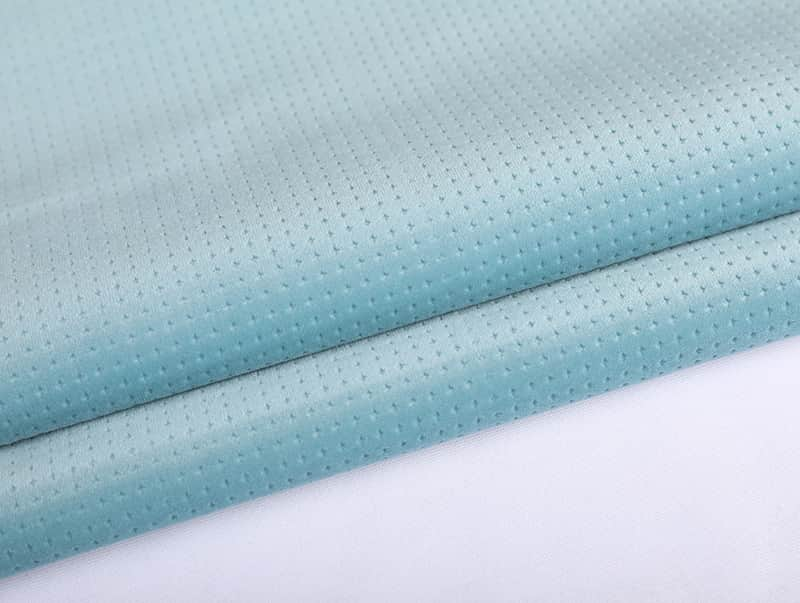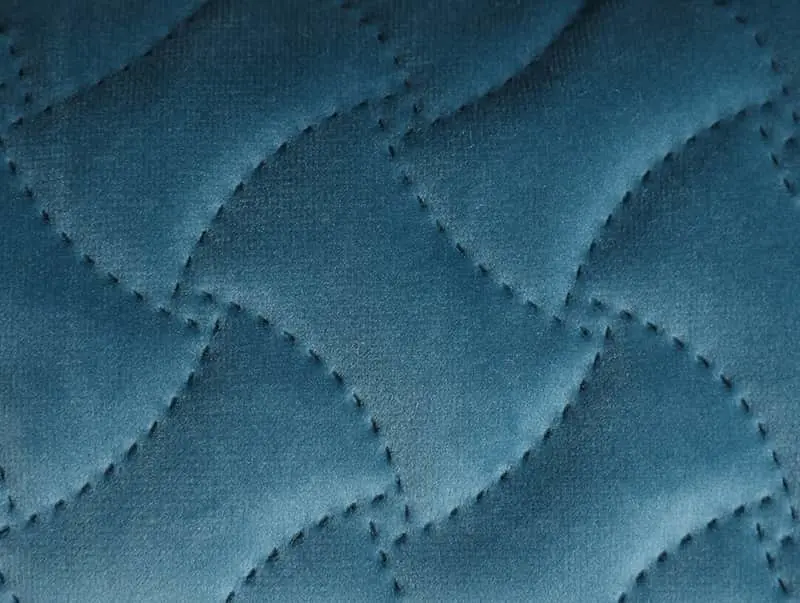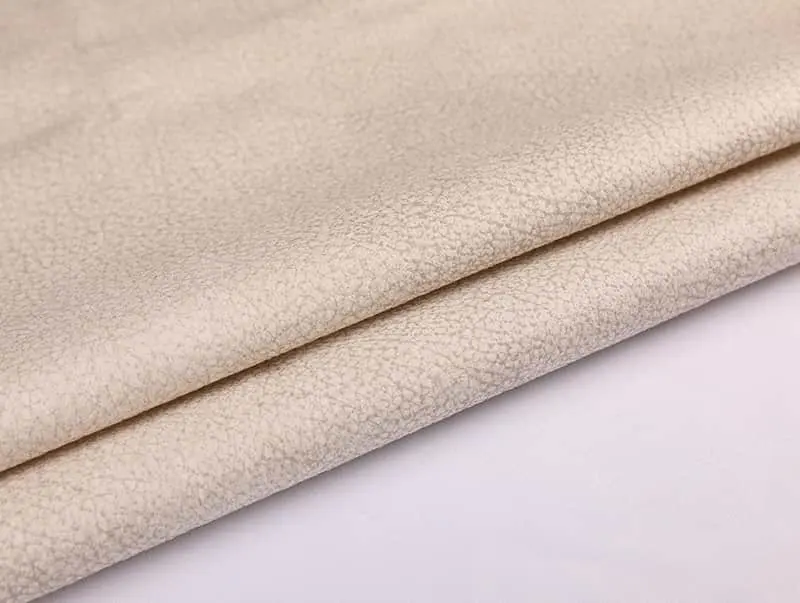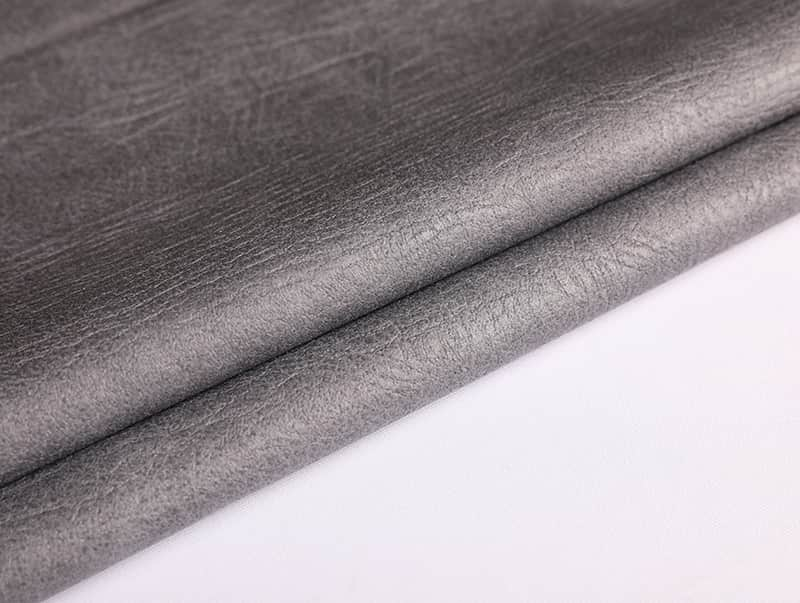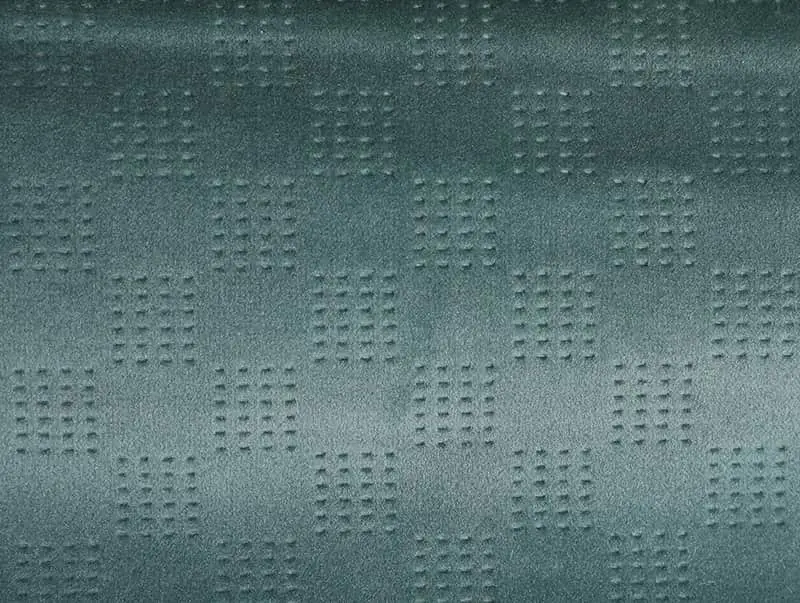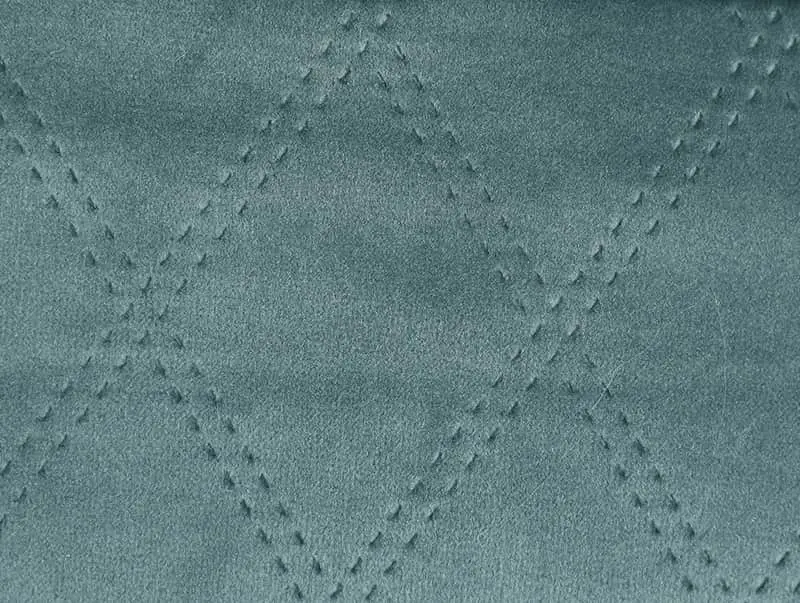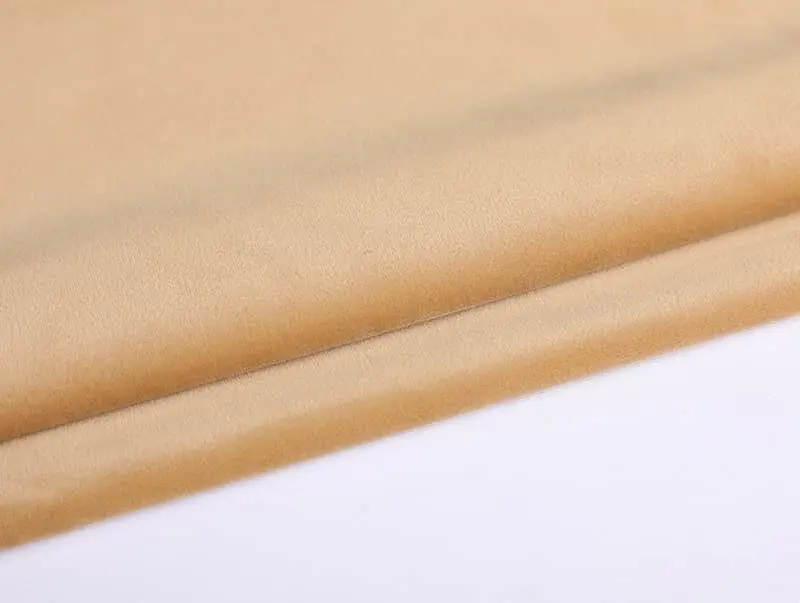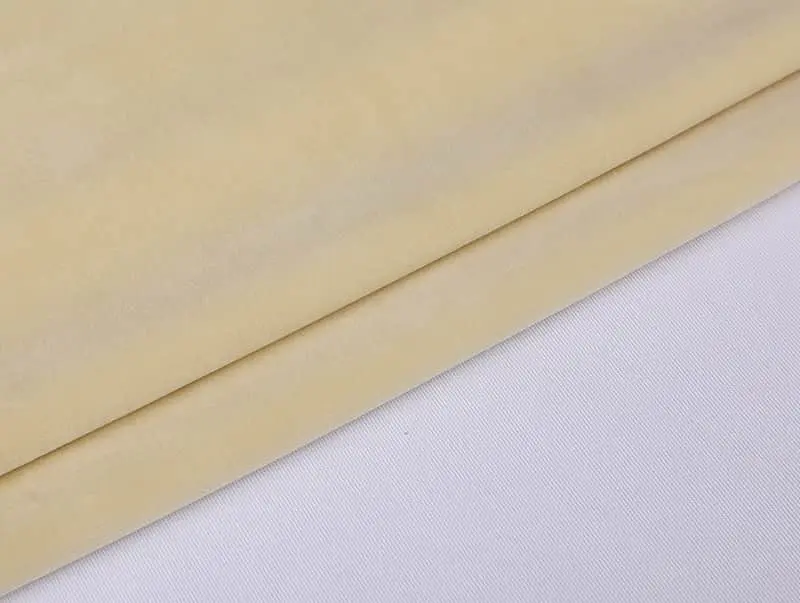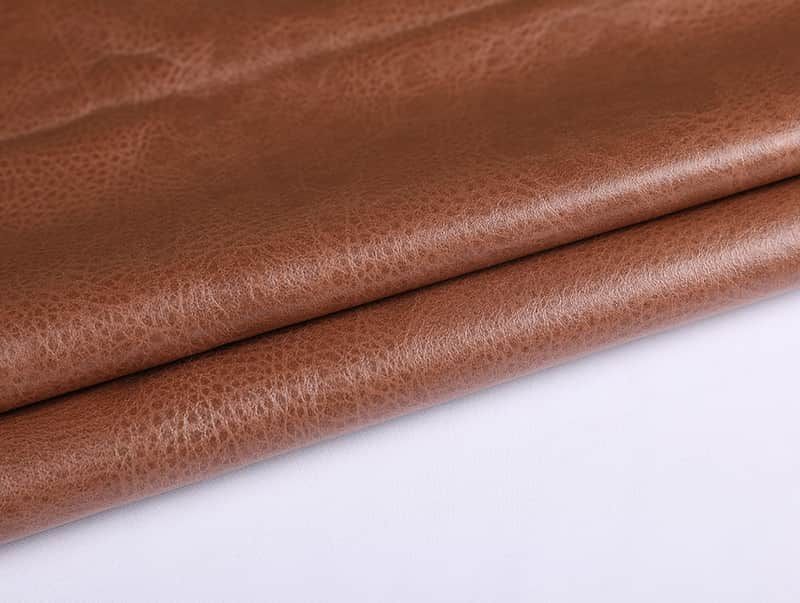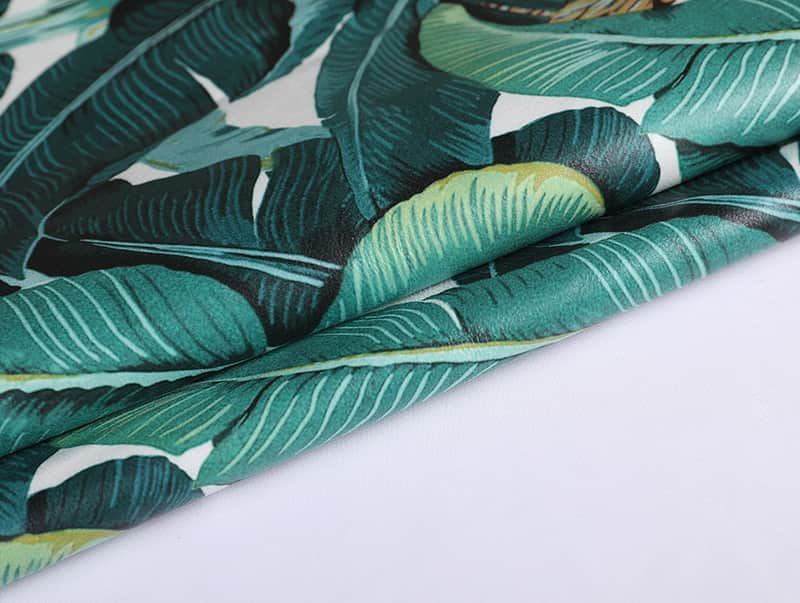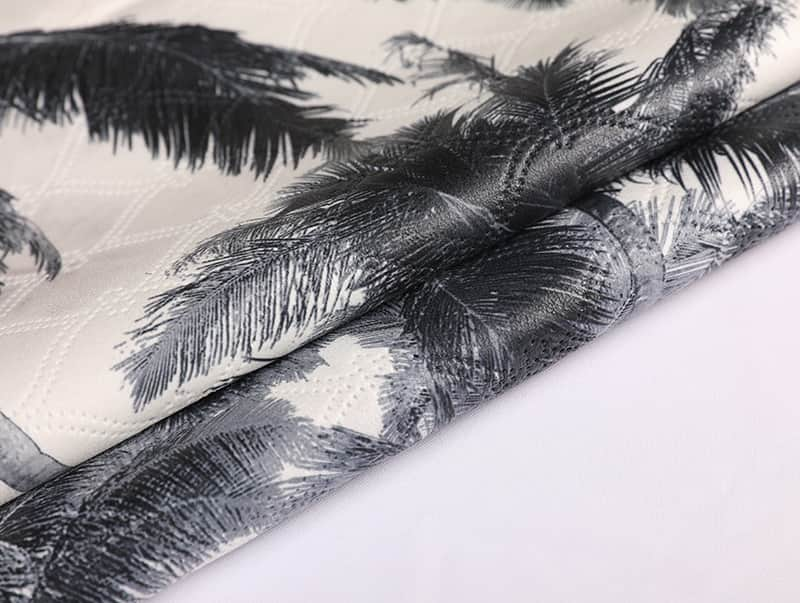The very foundation of the apparel we wear – garment fabric – is undergoing a profound transformation. Driven by escalating environmental concerns, evolving consumer demands, and relentless technological innovation, the industry is shifting from a model often criticized for waste and pollution towards one prioritizing sustainability, performance, and ethical sourcing. This quiet revolution beneath the surface is reshaping the future of fashion.
Sustainability Takes Center Stage
The most dominant thread in this transformation is the urgent push towards eco-conscious materials. Faced with stark realities about textile waste (estimated at over 92 million tons annually) and the significant environmental footprint of conventional cotton and synthetics, brands and manufacturers are investing heavily in alternatives:
-
Recycled Fibers: Fabrics made from recycled PET bottles (rPET) are now mainstream, used in everything from activewear to fleece. Post-consumer textile recycling is gaining traction, though scaling remains a challenge. Innovations in recycling blended fibers and chemical recycling processes offer promising solutions for closing the loop.
-
Regenerative Agriculture: Organic cotton remains popular, but the focus is deepening. Regenerative cotton farming, which actively improves soil health, sequesters carbon, and enhances biodiversity, is emerging as a gold standard, supported by major brands seeking to reduce their overall environmental impact beyond just water and pesticide reduction.
-
Next-Gen Natural & Bio-based Fibers: Materials like Tencel™ Lyocell and Modal (from sustainably harvested wood pulp), hemp (requiring minimal water and pesticides), and linen are experiencing renewed interest. Exciting developments include fabrics derived from agricultural waste (orange peel, pineapple leaves - Piñatex®, banana fiber) and lab-grown innovations like mycelium leather (Mylo™) and spider silk alternatives.
-
Reduced Impact Synthetics: While moving away from virgin synthetics is ideal, improving existing ones is crucial. Efforts focus on reducing microplastic shedding through fabric construction and coatings, developing bio-based nylon and polyester (derived from corn or sugarcane instead of petroleum), and exploring biodegradable synthetic alternatives.
Performance Meets Intelligence
Beyond sustainability, fabric technology is leaping forward, enhancing functionality and user experience:
-
Smart and Functional Textiles: The integration of technology is blurring lines. Fabrics now offer temperature regulation (phase-change materials, advanced wicking), moisture management far beyond basic synthetics, built-in UV protection, and even odor control using natural antimicrobial agents like silver ions or chitosan. Embedded sensors for health monitoring (heart rate, muscle activity) are moving from prototypes to specialized apparel.
-
Advanced Finishes: Nanotechnology is enabling durable water repellency (DWR) without harmful PFCs (perfluorinated chemicals), creating stain-resistant finishes that are non-toxic, and enhancing fabric durability and feel.
-
Biomimicry: Scientists are looking to nature for inspiration, developing fabrics that mimic the structure of lotus leaves for self-cleaning properties or shark skin to reduce drag in swimwear and athletic gear.
Consumer Demand Driving Transparency
Consumers, empowered by information, are demanding more than just a label. They want to know the origin of their clothes' fabric, the conditions under which it was produced, and its environmental footprint. This is fueling:
-
Traceability: Blockchain and other digital tracing technologies are being implemented to track fibers from farm or source through every stage of production to the finished garment, providing verifiable proof of sustainability claims and ethical labor practices.
-
Circularity Focus: Brands are increasingly designing for disassembly and recycling, using mono-materials (fabrics made from a single fiber type) that are easier to recycle, and exploring take-back schemes to reclaim end-of-life garments.
-
Durability and Timelessness: Countering fast fashion, there's a growing appreciation for high-quality, durable fabrics designed to last longer, encouraging a shift towards "buy less, buy better" mentality. Natural fibers known for longevity, like high-grade wool and linen, are seeing a resurgence.
Challenges and the Road Ahead
Despite significant progress, hurdles remain. Scaling truly sustainable and innovative fabrics while maintaining affordability is complex. Recycling infrastructure, particularly for blended textiles, needs massive investment. Greenwashing – making misleading environmental claims – remains a concern, highlighting the need for stringent standards and certifications (like GOTS, Bluesign, OEKO-TEX). Ensuring ethical labor practices throughout the entire supply chain, from fiber production to fabric mills, is paramount.
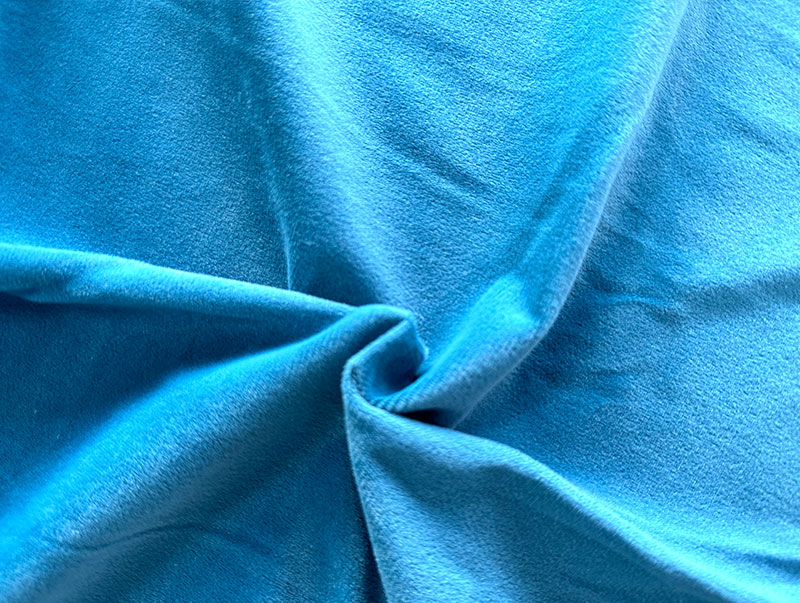
Conclusion
The garment fabric sector is no longer just a supplier; it's a critical innovator at the heart of redefining the fashion industry. The focus has irrevocably shifted towards materials that are kinder to the planet, smarter in function, and produced with greater transparency and ethics. While challenges persist, the relentless pace of innovation in bio-based materials, recycling technologies, and functional finishes, combined with powerful consumer demand for responsible choices, paints a picture of a future where what we wear is not only beautiful and functional but fundamentally woven with principles of sustainability and responsibility. The fabric of change is being spun today, thread by innovative thread.
